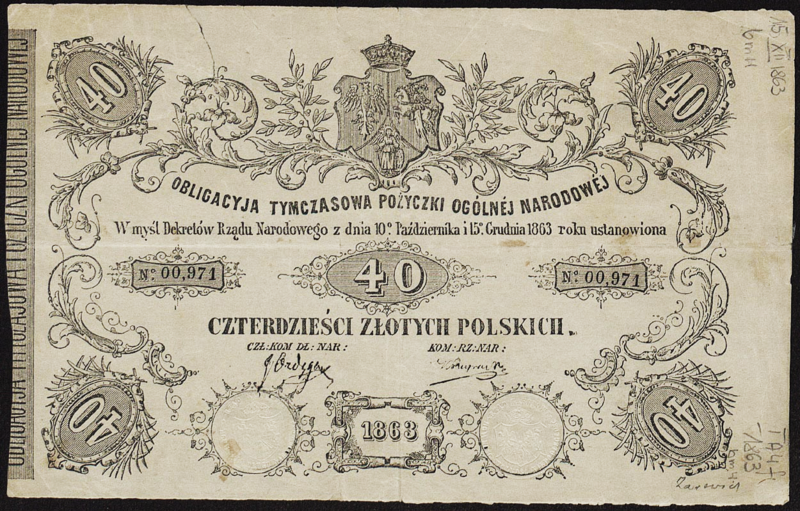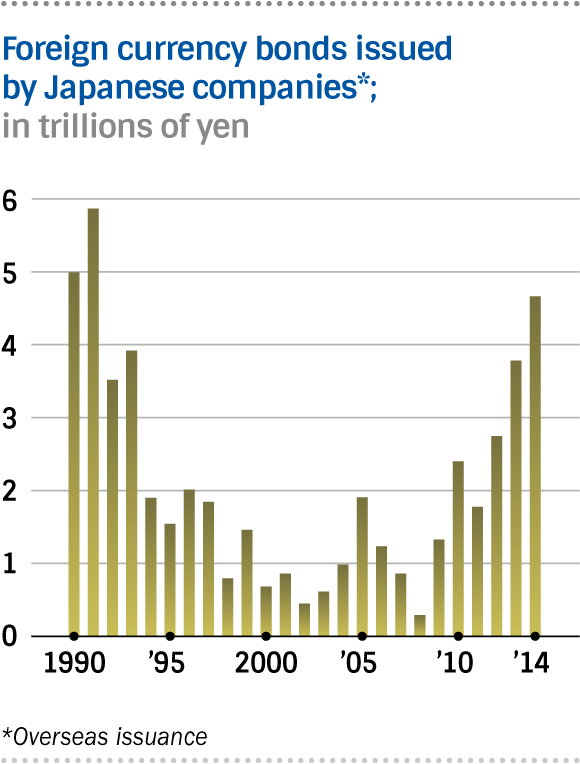Foreign Currency Bonds
Post on: 24 Май, 2015 No Comment

A “foreign currency” bond is a bond that is issued by an issuer in a currency other than its national currency. Issuers make bond issues in foreign currencies to make them more attractive to buyers and to take advantage of international interest rate differentials. Foreign currency bonds can be “swapped” or converted in the swap market into the home currency of the issuer. Bonds issued by foreign issuers in the United States market in U.S. dollars are known as “Yankee” bonds. Bonds issued in British pounds in the British bond market are known as “Bulldogs”. Yen denominated bonds by foreign issuers are known as “Samurai” bonds.
The development of the world bond markets allowed bond issuers to bring issues in other than their home markets. For example, since the 1970s, the Canadian provinces have used the U.S. bond market as a major source of funding. The Canadian province of Ontario is one of the world’s largest and most sophisticated non-sovereign borrowers. It brings bond issues in many different currencies and markets, seeking to fund at the lowest possible absolute rate. In the U.S. bond market, Ontario and Ontario Hydro, its power corporation, have many “Yankee” issues and is considered an alternative to domestic U.S. corporate issuers.
The “euromarket” is another major source of foreign currency bond issues. European investors will buy the bonds of well known issuers like Ford, Toyota or General Electric or their international subsidiaries, in many different currencies depending on their currency views. This makes for a constant arbitrage between the foreign and domestic bond markets as investors seek to gain the best possible yield employing currency swaps and hedges. A Canadian institutional investor does not really care if the original Ford Motor Credit Canada bond was issued in U.S. funds if he has swapped both the interest and principal payments into Canadian dollars. The large international swap banks like Citibank make markets buying and selling these swaps, which gives investors tremendous liquidity in these transactions. Dutch and Danish banks often issue in Canadian dollars in the European markets despite eventually requiring funding in their own currencies. They do this to take advantage of demands for Canadian currency issues and to lower their funding costs.
Foreign currency bonds have a vocabulary all their own. Bonds issued in foreign currencies are given the names listed beside the currencies below:

- “Yankee Bonds” for U.S. dollars;
- “Samurai Bonds” for Japanese Yen;
- “Bulldog Bonds” for British pounds; and
- “Kiwi Bonds” for New Zealand dollars.
A more recent innovation are bonds that are hybrids in currency terms, with their coupon and principal payments in different currencies. For example, some recent bonds have had their coupon payments in Yen with their principal amounts in Canadian dollars. This satisfies the needs of Japanese institutional investors for yen income while keeping the eventual return of principal in the national currency of the issuer.
Foreign currency bonds have a much different risk and return profile than domestic bonds. Not only is their price affected by movements in a foreign country’s interest rate, they also change in value depending on the foreign exchange rates. In Canada, for example, the Canadian dollar has moved upwards to 4% in U.S. dollar terms in very short periods of time. This exchange rate movement would result in price changes of 4% in Canadian dollars which completely overwhelms the coupon income of a bond. Studies have shown that the longer term risk and return characteristics of foreign bonds in domestic currencies are closer to domestic equity returns than domestic fixed income returns.














